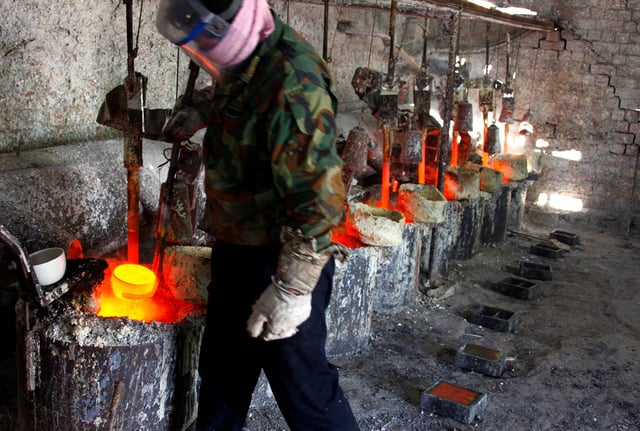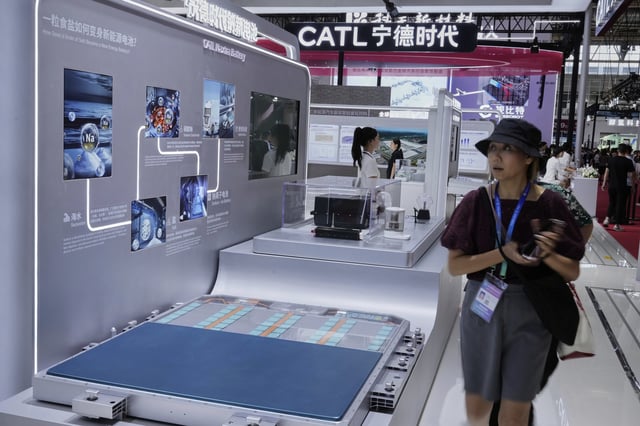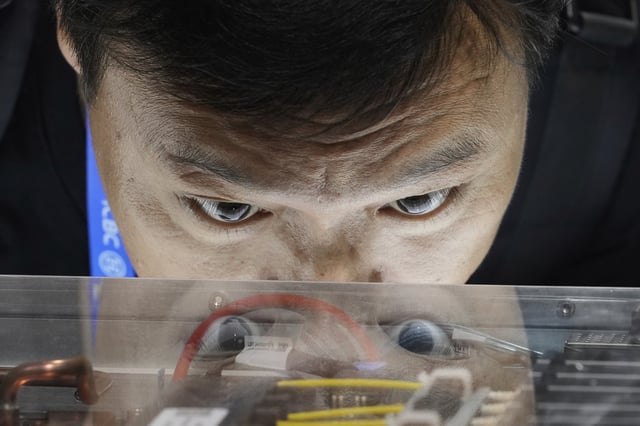Overview
- The U.S. Department of Defense acquired a 15% stake in MP Materials, becoming its largest shareholder and backing construction of a domestic rare earth magnet facility.
- China’s rare earth shipments surged 60.3% in June after officials cleared a backlog of export licenses, reflecting a partial rollback of April’s trade curbs.
- Beijing quietly issued its first 2025 mining and smelting quotas without public announcement, signaling continued tight control over domestic output.
- China’s Ministry of State Security pledged to crack down on espionage and smuggling, accusing foreign agents of falsifying labels and transshipping restricted minerals.
- The United States, European Union, Japan and India are advancing legislation, public-private partnerships and incentive schemes to build alternative rare earth supply chains.



